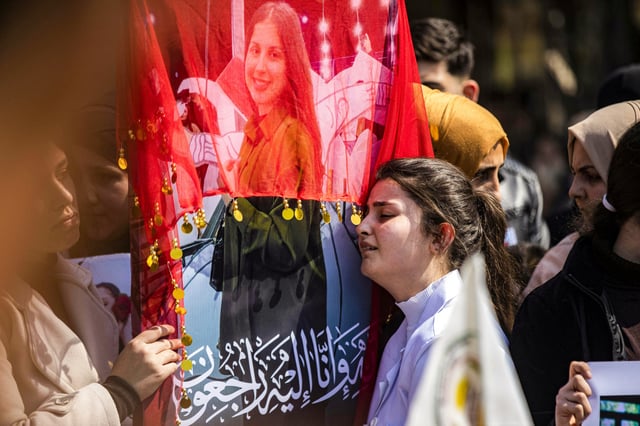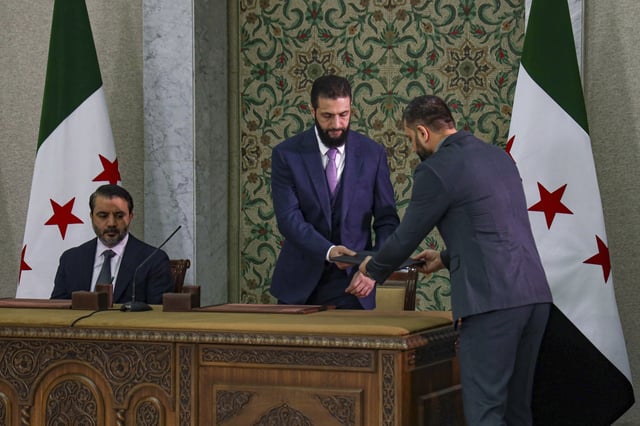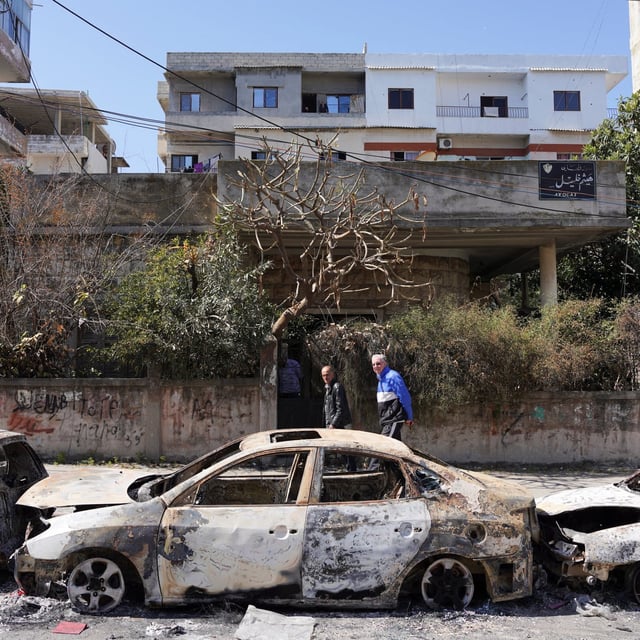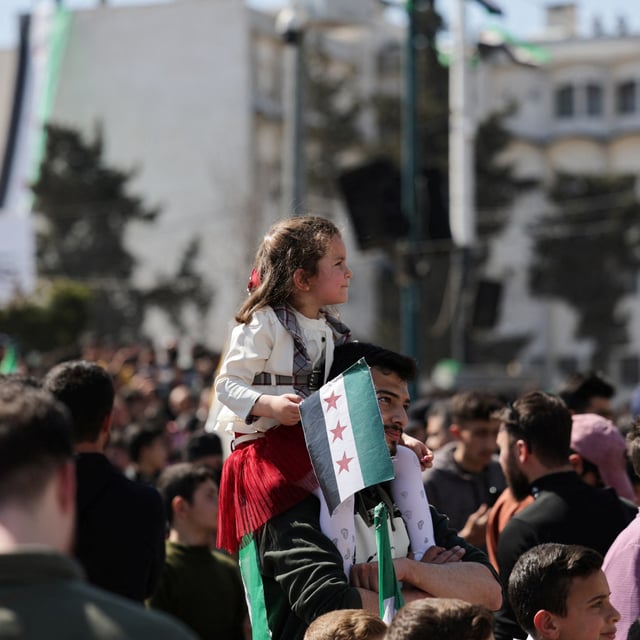Overview
- Over 1,000 people, including hundreds of civilians, were killed in sectarian violence in north-west Syria, primarily targeting Alawite communities, following Assad's ousting in December 2024.
- The interim president, Ahmed al-Sharaa, signed a temporary constitution citing Islamic jurisprudence as the main legislative source, raising concerns among minorities and secular groups about potential authoritarianism under Islamist rule.
- Revenge attacks and looting against Alawite civilians have displaced thousands, with survivors accusing Sunni militants of targeting them based on sectarian identity.
- The new government faces criticism for failing to control allied militias and for its handling of transitional justice, as calls grow for accountability for atrocities committed during Assad's regime and recent violence.
- Syria's economy remains in crisis, with reconstruction efforts hindered by international sanctions, limited foreign aid, and ongoing regional and sectarian tensions.



